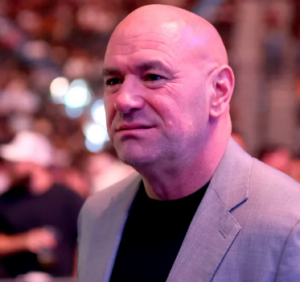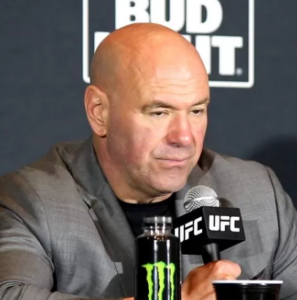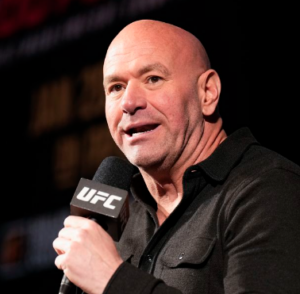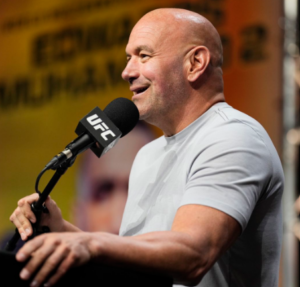Also Read: Austin Ekeler’s Gruesome Injury: What Happened to the Commanders Star?
Also Read: Martin Odegaard’s Injury Concerns: Norway Teammate Provides Update After Austria Clash
John Nash: The Impact of Attorney Fees and Legal Costs
Although the total settlement amount is $375 million, legal fees and costs significantly reduce the amount that fighters will receive.3
The plaintiffs’ legal team and expert witnesses will claim a portion of the settlement, as is standard in class-action lawsuits. According to John Nash, once these costs are deducted, fighters will have access to approximately $250 million.
It’s important to understand that while the remaining amount may seem considerably lower, it still represents a substantial financial boost for fighters.
The legal fees and costs are expected to consume a significant portion, but the net amount distributed to fighters will still have a meaningful impact on their earnings, especially considering the historical context of fighter compensation within the UFC.
High-Earning vs. Low-Earning Fighters
The formula used to distribute the settlement funds inherently favors fighters who have had more fights and higher total earnings during the qualifying period.
This means that high-profile fighters who headlined events, participated in pay-per-view cards, or held championship titles will receive the largest payouts. These fighters typically have higher base pay and are often awarded significant performance bonuses.
On the other hand, lower-earning fighters, particularly those who were on entry-level contracts or had limited appearances, will receive relatively smaller payouts. While they will still benefit from the $14,000-per-fight base settlement, the overall amount may not be as impactful compared to what high-earning fighters stand to receive.
For example, a lower-earning fighter who had five fights and earned $100,000 in total could expect an additional $70,000 from the settlement. While this amount is significant, it pales in comparison to the six-figure sums that high-earning fighters could receive.
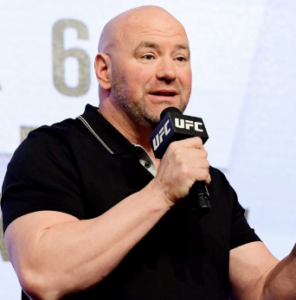
Also Read: Jake Lee (MMA): Bio, Wiki, Career, Wrestling Style, Dental Care And More Explained

